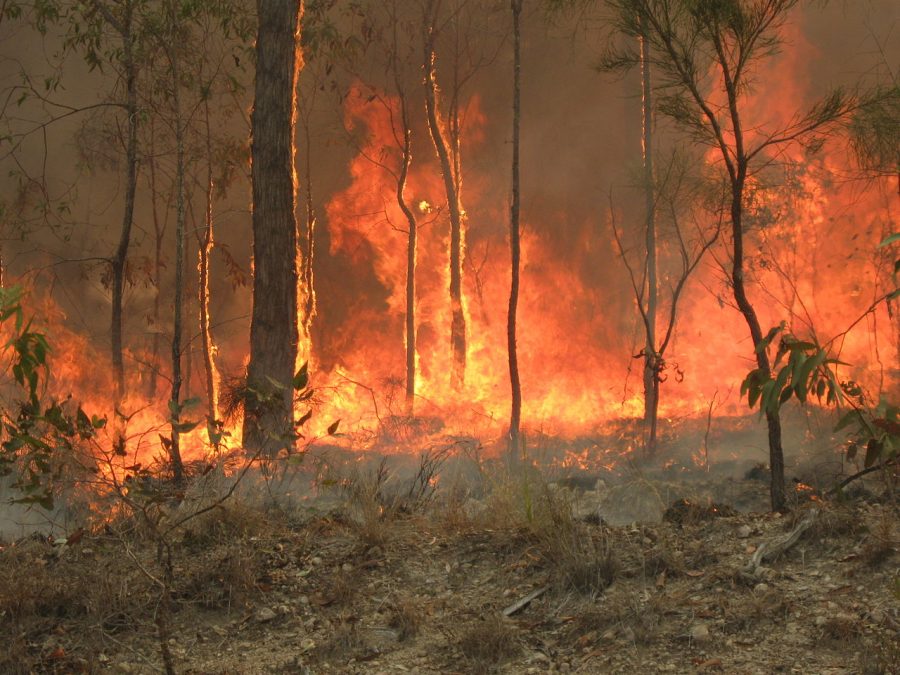The Burning Continent
January 22, 2020
Recently, images of a burning continent have surfaced all over the internet. The Australian brushfires, originating in New South Wales, have brought devastating effects: they have claimed close to 30 lives, destroyed millions of acres of land, and eliminated about a billion animals.
According to a NASA report from January 8th, the smoke from the fires has already “travelled halfway around Earth.” The smoke is expected to complete a loop around the world and return to Australia. In some areas, like Syndney, “the smoke produced up to 11 times greater than the hazardous level for human health.”
Though the fires started in September of 2019, the events leading up to this catastrophe started back in 2017. Australia experienced its worst drought seasons in 2017 and 2018, during which dry spells plagued the continent. The droughts continued in 2019, and Business Insider reveals that the spring of 2019 was the driest ever experienced. Throughout the year, smaller brushfires started to appear, gradually fueling the problem until the government declared a state of emergency in November. In December, not only were U.S. firefighters deployed in Australia for the first time, but Australia’s all-time temperature record was broken twice.
As of January 6th, the wind speeds have been decreasing and temperatures have been gradually lowering in New South Wales and Victoria. However, the fires are expected to burn for several more weeks. Hundreds of thousands of volunteer firefighters have been working around the clock to contain as many fires as possible.
Natural causes such as lightning strikes are mainly to blame, and experts say that climate conditions plays a major role in this year’s brutal fires. The hotter, drier conditions cause the fires to grow more frequently, last longer, and be more deadly. Australia’s temperatures are definitely climbing higher. According to the State of the Climate report released by the Australian Bureau of Meteorology in 2018, “Australia’s climate has warmed by just over 1° C since 1910, leading to an increase in the frequency of extreme heat events.”
Even after all the fires are put out, we cannot turn a blind eye to the devastating effects of climate change.

















































































































































